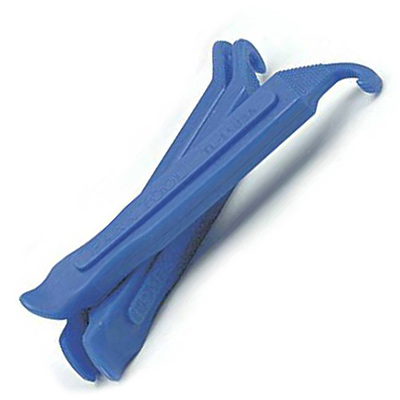I was wondering if I'm missing something when I patch my wheel, because I patched it yesterday and it had low pressure today.
This is what I did:
- Released the air
- Used 2 screwdrivers to remove the tire from the rim
- Removed the tube with my hands
- Inflate the tube
- Took the tube into a bucket with water to see where the bubbles came from
- Identified the puncture point
- Let the tube dry
- Filled the zone around puncture with a half milimeter layer of glue
- Let dry
- Took out the transparent plastic from the patch
- Put the patch over the glue layer
- Put pressure using hands
- Put the tube in position on wheel (looking at where the valve should go)
- Put the tire in position
- Inflate the tube
It happened to me once before, but other times worked ok.
I would like to have a complete procedure to patch a tire.


